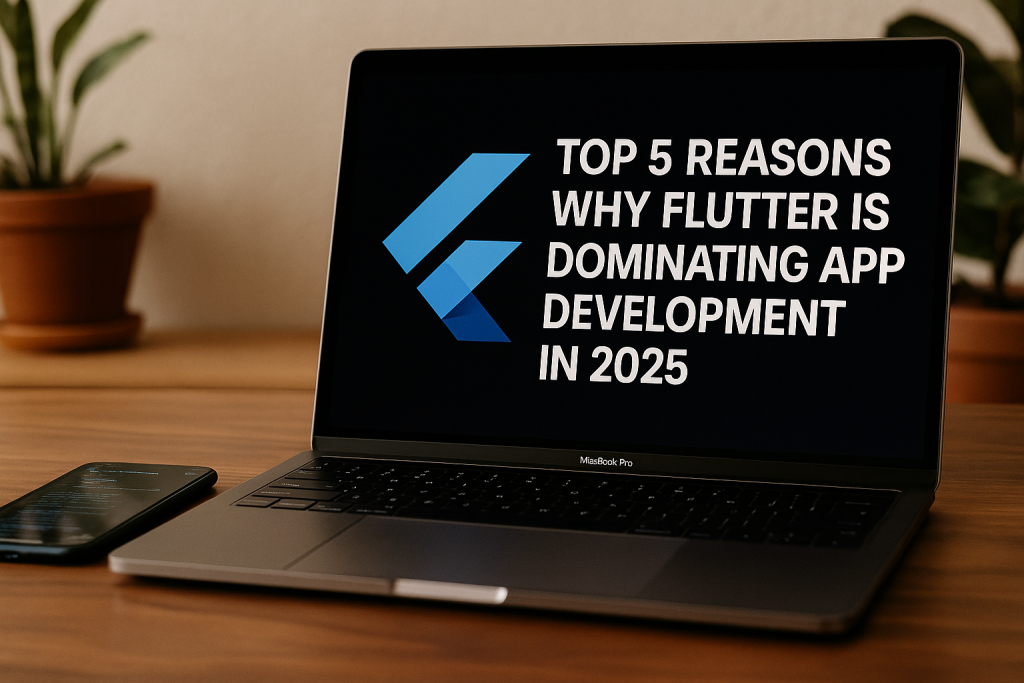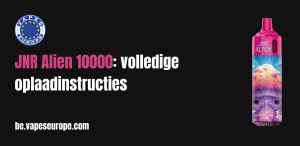In the highly competitive mobile app landscape, merely having a functional app is no longer enough to capture and retain user attention. The most successful applications today don’t just meet a need; they understand and subtly influence human behavior, creating experiences that feel intuitive, rewarding, and even indispensable. This is the essence of neurodesign – applying insights from neuroscience and cognitive psychology to shape the user experience (UX) and user interface (UI) in ways that align with how the human brain naturally processes information, makes decisions, and forms habits.
For a forward-thinking Mobile App Development Agency, integrating neurodesign techniques into their development process is a game-changer. It shifts the focus from simply building features to crafting experiences that resonate deeply with users on a subconscious level, leading to enhanced engagement, higher retention rates, and ultimately, greater success.
Here are 6 neurodesign techniques that can significantly enhance mobile app engagement:
1. Optimize for Cognitive Ease and Reduce Cognitive Load
The human brain is inherently lazy; it seeks to conserve energy. Designs that require excessive mental effort will quickly lead to user frustration and abandonment.
- Technique Explained: Cognitive ease refers to the feeling of familiarity, fluency, and lack of mental effort when processing information. To achieve this, app design should prioritize simplicity, clarity, and predictability. This involves:
- Minimalism: Remove unnecessary clutter, redundant information, and decorative elements that don’t serve a clear purpose.
- Clear Visual Hierarchy: Guide the user’s eye naturally through the interface using size, color, contrast, and spacing to highlight important elements and actions.
- Familiar Patterns: Utilize common UI patterns and conventions that users are already accustomed to (e.g., standard navigation bars, iconic symbols, swipe gestures).
- Chunking: Break down complex information or tasks into smaller, digestible chunks to prevent information overload.
- Why it Enhances Engagement: When an app feels effortless to use, users experience less frustration and more satisfaction. This frictionless experience encourages them to spend more time in the app, engage with its features, and complete desired actions. The brain perceives easy interactions as rewarding, fostering a positive association with the app.
- Application by a Mobile App Development Agency: Conduct usability testing to identify points of cognitive friction. Simplify user flows, streamline onboarding, and consistently apply design patterns. Employ sufficient whitespace to give elements room to “breathe” and improve readability.
2. Leverage the Power of Scarcity and Urgency
Our brains are wired to prioritize opportunities that are perceived as limited or time-sensitive, triggering the Fear Of Missing Out (FOMO).
- Technique Explained: This involves strategically implementing elements that create a sense of limited availability or a deadline. Examples include:
- Limited-Time Offers: “Deal ends in 2 hours!” or “Flash sale for the next 60 minutes.”
- Limited Stock/Availability: “Only 3 items left!” or “Few spots remaining.”
- Exclusivity: “Invite-only access” or “Premium features for VIP members.”
- Countdown Timers: Visual timers that show how much time is left for an offer or event.
- Why it Enhances Engagement: Scarcity and urgency activate the brain’s “fight or flight” response, creating a psychological pressure to act quickly to avoid missing out on a perceived benefit. This can significantly increase conversion rates for purchases, sign-ups, or feature adoption.
- Application by a Mobile App Development Agency: Use this technique ethically and sparingly to maintain user trust. Ensure the claims of scarcity or urgency are genuine. A/B test different implementations to find the optimal balance that drives engagement without appearing manipulative.
3. Harness the Dopamine Reward System with Variable Rewards
The unpredictable nature of rewards can be more addictive than predictable ones.
- Technique Explained: This concept, popularized by B.F. Skinner’s experiments, suggests that intermittent or variable rewards (where the timing or nature of the reward is unpredictable) keep users more engaged than fixed rewards. When the brain anticipates a reward but isn’t sure when it will arrive, it releases dopamine, which drives seeking behavior.
- Examples: Pull-to-refresh (you don’t know what new content you’ll see), social media likes/comments (unpredictable positive feedback), gamified elements (random drops, loot boxes, unpredictable level-ups).
- Why it Enhances Engagement: This creates a compelling “hook” that encourages repeated engagement. Users return frequently, hoping to receive the next reward, fostering habit formation and long-term usage.
- Application by a Mobile App Development Agency: Integrate gamification elements with variable rewards, such as daily bonuses, mystery boxes, or unpredictable notifications of social interaction. Ensure these rewards are meaningful to the user and tied to core app activities.
4. Utilize Social Proof and Authority Bias
Humans are social creatures, and our decisions are heavily influenced by the actions and opinions of others. We also tend to trust figures of authority or popular consensus.
- Technique Explained: Integrate signals that indicate popular use or endorsement.
- Testimonials and Reviews: Display user ratings, reviews, and testimonials prominently.
- User Counts: “Join 10 million users!” or “200,000 active members.”
- “Most Popular” / “Trending” Indicators: Highlight features, products, or content that are widely used or gaining traction.
- Expert Endorsements: Feature endorsements from relevant industry experts or influencers.
- Social Activity Feeds: Show what friends or other users are doing within the app (e.g., “John just completed a workout,” “Sarah shared a recipe”).
- Why it Enhances Engagement: Social proof provides validation and reduces perceived risk. If others are using and enjoying the app, it signals trustworthiness and desirability, encouraging new users to try it and existing users to engage more. Authority bias lends credibility and encourages adoption.
- Application by a Mobile App Development Agency: Design compelling sections for user testimonials. Integrate social sharing features. Display real-time user activity where appropriate. Ensure any numbers or endorsements are genuine and verifiable to maintain trust.
5. Foster Personalization and Ownership
Humans are wired to value things they feel a sense of ownership over or that are tailored specifically to them.
- Technique Explained: Personalization involves tailoring the app experience to individual users based on their preferences, behavior, or demographics. Ownership refers to giving users a sense of control and investment in their app experience.
- Customization Options: Allow users to personalize their profiles, themes, notification settings, or content feeds.
- Adaptive Content: Recommend content or features based on past usage patterns.
- User-Generated Content (UGC): Enable users to create, contribute, or modify content within the app.
- Progress Tracking: Display personal progress, streaks, achievements, or milestones, reinforcing their investment.
- Why it Enhances Engagement: Personalization makes the app feel more relevant and valuable to the individual, increasing stickiness. A sense of ownership creates emotional attachment and intrinsic motivation to continue using the app, as users have invested time and effort into making it “theirs.”
- Application by a Mobile App Development Agency: Implement robust user data analytics to enable effective personalization. Design intuitive customization options. For apps that benefit from UGC, create easy-to-use tools for content creation and sharing.
6. Guide with Affordances and Feedback Loops
The brain seeks clear signals on how to interact with objects and desires immediate confirmation of actions.
- Technique Explained:
- Affordances: Design UI elements in a way that clearly communicates their function. A button should look like a button; a scrollable area should appear scrollable. Use familiar icons and visual cues that suggest interaction possibilities.
- Immediate Feedback: Provide instant, clear feedback for every user action. This can be visual (e.g., a button changes color when tapped, a loading spinner appears, an item moves to a shopping cart), auditory (e.g., a click sound, a notification tone), or haptic (e.g., vibration on tap).
- Progress Indicators: For longer processes, provide clear progress bars or step-by-step indicators.
- Why it Enhances Engagement: Clear affordances reduce cognitive effort by making the app’s functionality self-evident, preventing user frustration. Immediate feedback reinforces actions, assures the user that their input was registered, and provides a sense of control and accomplishment, leveraging the brain’s reward system. This constant validation keeps users engaged and confident in their interactions.
- Application by a Mobile App Development Agency: Pay meticulous attention to the visual design of interactive elements. Implement subtle animations and state changes for buttons and other controls. Ensure system response times are quick, and provide clear loading states for any delays.
Conclusion
In the competitive world of mobile applications, achieving and sustaining high levels of user engagement is the ultimate goal. Neurodesign offers a powerful framework for moving beyond superficial aesthetics and into the realm of truly understanding and influencing user behavior at a fundamental level. By strategically applying these 6 techniques—optimizing for cognitive ease, leveraging scarcity and urgency, harnessing variable rewards, incorporating social proof, fostering personalization, and providing clear affordances and feedback—a Mobile App Development Agency can create apps that are not just functional, but deeply intuitive, satisfying, and compelling, ensuring long-term user loyalty and success in the digital marketplace.







